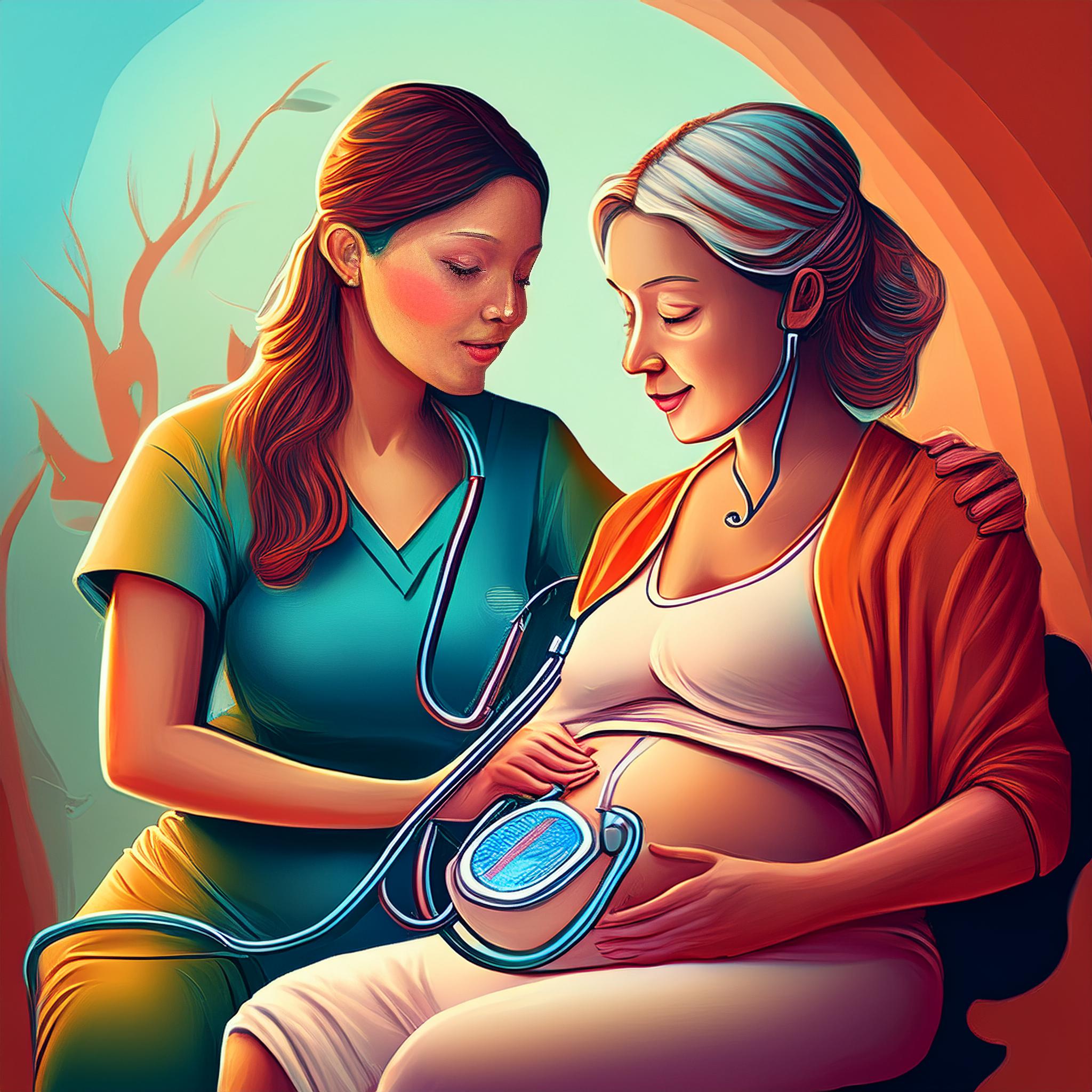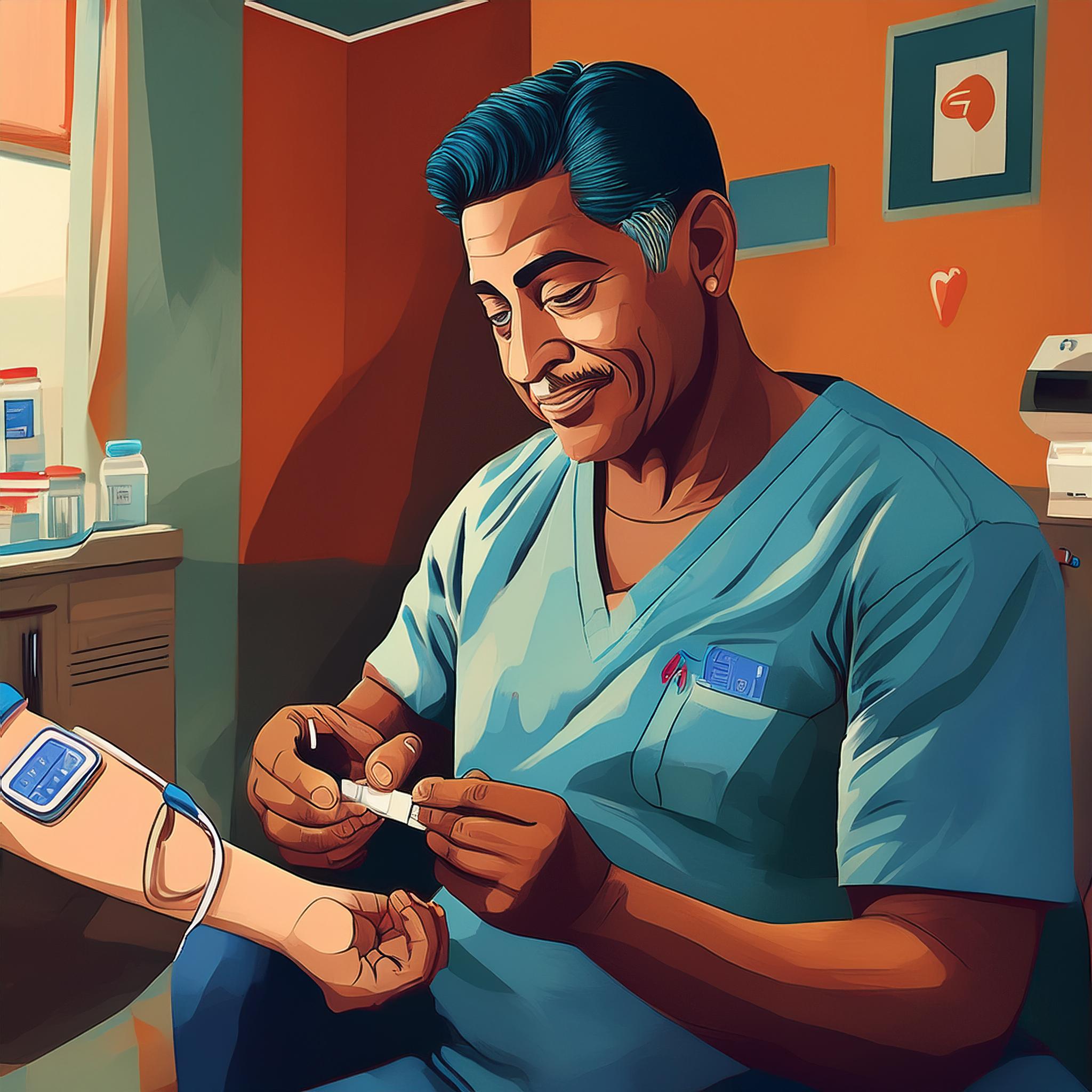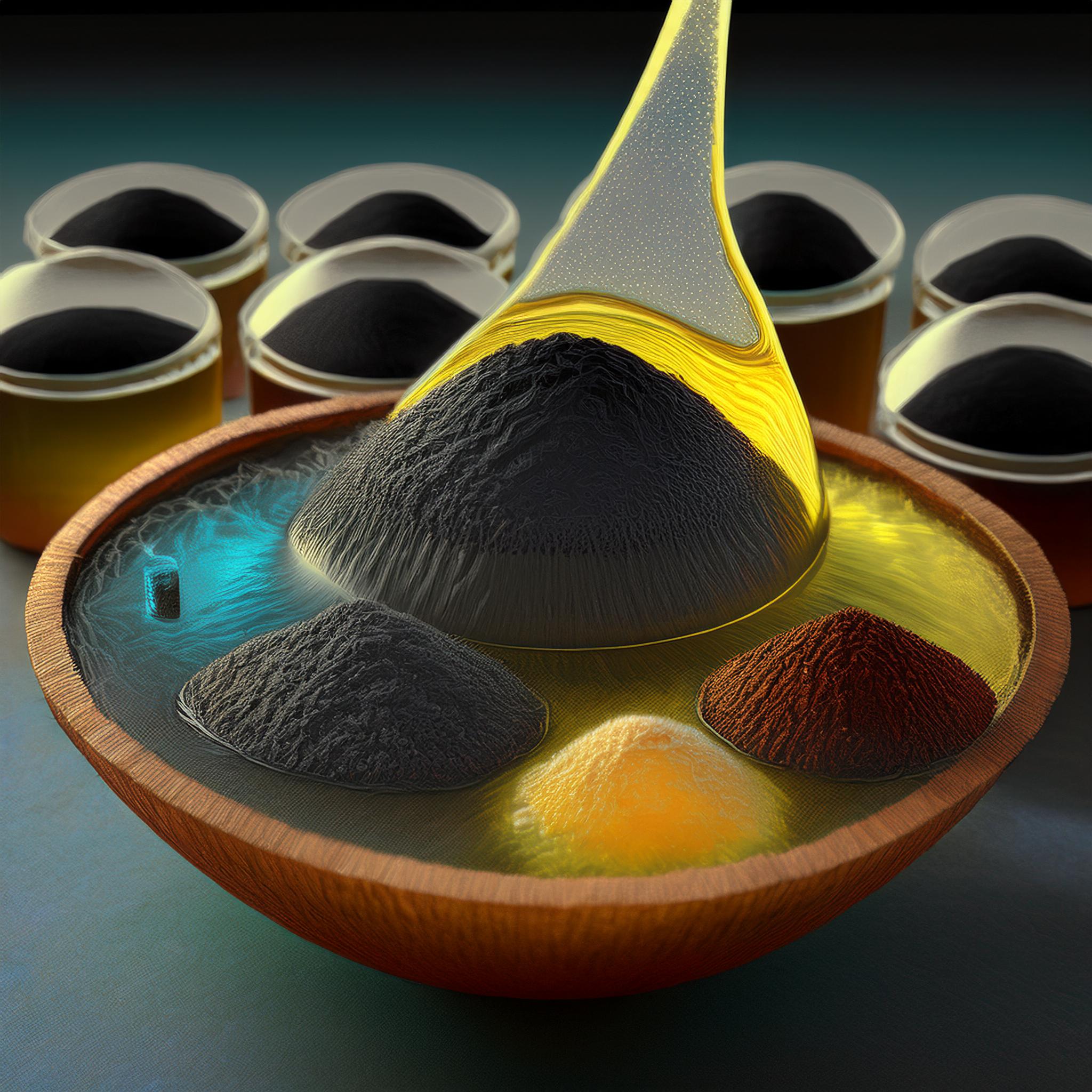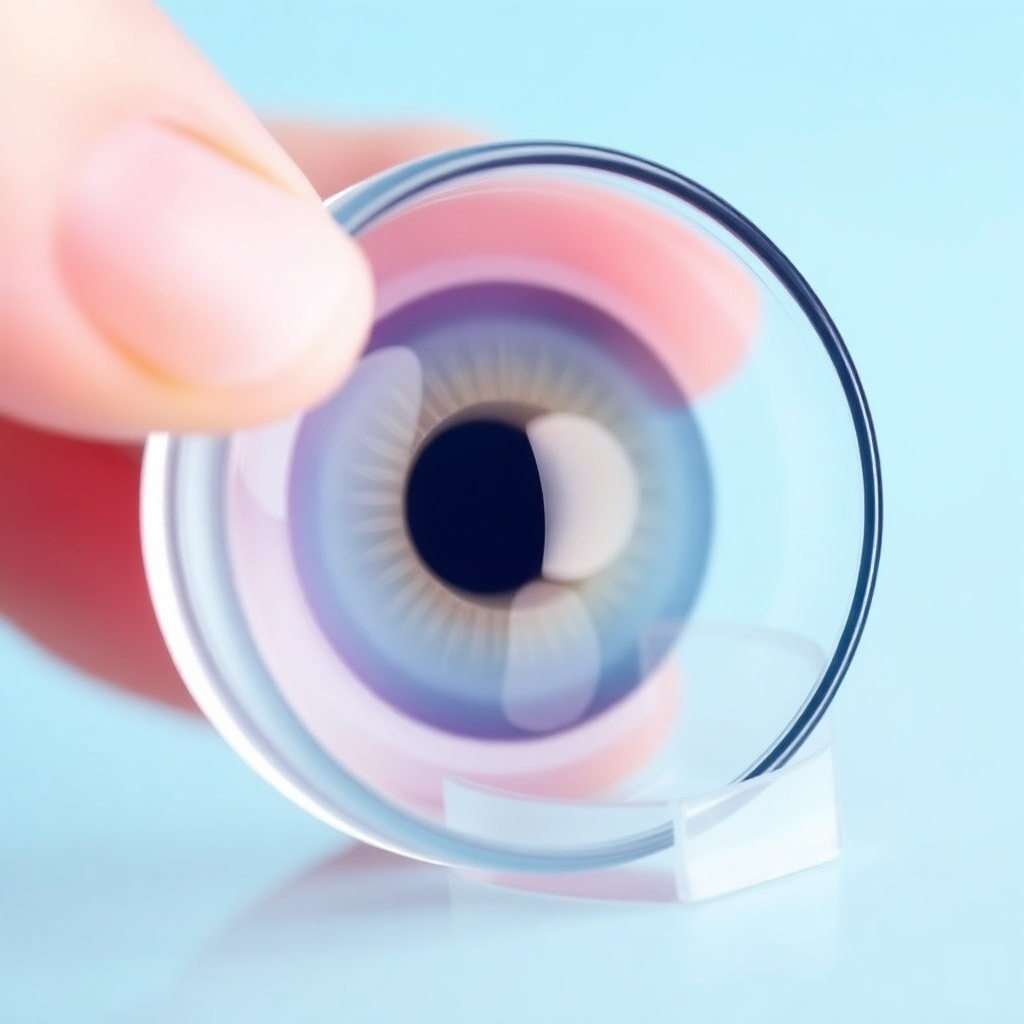Pengaruh Teknik Relaksasi Nafas Dalam Terhadap Kontrol Emosi Pada Penderita TB Paru Di Balai Kesehatan Paru Masyarakat (Bkpm) Magelang
Downloads
Emotional control is an attempt to reduce emotions to hide or suppress perceived emotions. The deep breathing relaxation technique is believed to help lower the tension and provide calm by stimulating the body releasing Endorphin hormones that can strengthen the immune system, keep brain cells young, fight against, decrease aggressiveness in human relationships, boost spirits, endurance, and creativity. The purpose of the study was to identify the effect of deep breathing relaxation techniques on emotional control in patients with tuberculosis at the Community Lung Health Center (BKPM) Magelang. The research method used quasi-experiment with One Group pre-test-post-test research design without a control group with sample number 29 respondents. The inner breathing duration is done once a week for 4 weeks. The results obtained in this study is that there is a significant difference mean of emotional control before and after deep breathing relaxation with value p = <0.001. The conclusion of this research is the effect of deep breath relaxation on the control of emotion in TB patient in BKPM Magelang.
Downloads
Adinma, E. D., Azuike, E. C., Nwabueze, S. A., Nnebue, C. C., Azuike, E. D., Obi, D. C., … Ohamaeme, M. C. (2014). Characterization of Tuberculosis Cases Presenting in a Tertiary Healthcare Facility in South-Eastern Nigeria. Open Journal of Preventive Medicine, 4(9), 723–729. https://doi.org/10.4236/ojpm.2014.49082
BKPM Magelang. (2015). Laporan Penderita TB Paru. Magelang.
Chani Kudakwashe. (2010). Factor Affecting Compliance to Tuberculosis Treatment in Andara Kavango Region Namibia. Unirsity Of South Africa. Unirsity Of South Africa. https://doi.org/10.1017/CBO9781107415324.004
Coon, D & Mitterer, J. O. (2010). Psychology a Journey. USA.
Deepti Dhyani, Dr Siddhartha Sen, D. R. R. (2015). Effect of stabilization exercise on pain and disability in patients with chronic low back pain. Indian J Physiotherapy and Occupational Ther, 9(2), 170–175. https://doi.org/10.9790/1959-04114045
Den Boon, S., van Lill, S. W. P., Borgdorff, M. W., Verver, S., Bateman, E. D., Lombard, C. J., … Beyers, N. (2005). Association between smoking and tuberculosis infection: a population survey in a high tuberculosis incidence area. Thorax, 60(7), 555–557. https://doi.org/10.1136/thx.2004.030924
Dinkes Provinsi Jawa tengah. (2014). Buku Saku Kesehatan Tahun 2014 (Vol. 3511351). Semarang.
Dwidiyanti Meidiana. (2013). Program Keperawatan Holistik Sowan Panduan Untuk Pasien.
Dwidiyanti Meidiana. (2014). Intervensi keperawatan holistik program sowan melalui target sehat mandiri pada pasien tb paru (pp. 14–22). Retrieved from http://id.portalgaruda.org/?ref=browse&mod=viewjournal&journal=426&issue= Vol 2, No 1 (2014): Prosiding Konferensi Nasional PPNI Jawa Tengah
Flandorfer, P., Wegner, C., & Buber, I. (2010). Gender roles and smoking behaviour, 1–24. Retrieved from http://www.oeaw.ac.at/vid/download/WP2010_07.pdf
Girsang Merryani, T. K. (2010). Karakteristik demografis dan hubungannya dengan penyakit tuberkulosis dipropinsi jawa tengah (analisis lanjut riskesdas 2007). Suplemen Media Penelitian Dan Pengembangan Kesehatan, XX, 40–45. Retrieved from http://ejournal.litbang.depkes.go.id/index.php/MPK/article/viewFile/746/937
Helper Sahat P. Manalu. (2010). Faktor-faktor yang mempengaruhi kejadian TB Paru dan upaya penanggulangannya. Jurnal Ekologi Kesehatan, 9(4), 1340–1346. Retrieved from http://www.mysciencework.com/publication/file/1495417 diakses tanggal 3 Juni 2016
Ige, O. M., & Lasebikan, V. O. (2011). Prevalence of depression in tuberculosis patients in comparison with non-tuberculosis family contacts visiting the DOTS clinic in a Nigerian tertiary care hospital and its correlation with disease pattern. Mental Health in Family Medicine, 8(4), 235–241. Retrieved from http://www.ncbi.nlm.nih.gov/pmc/articles/PMC3487604/pdf/MHFM-08-235.pdf diakses Tgl 20-6-2016
Janowski, K., Kurpas, D., Kusz, J., Mroczek, B., & Jedynak, T. (2014). Emotional control, styles of coping with stress and acceptance of illness among patients suffering from chronic somatic diseases. Stress and Health, 30(1), 34–42. https://doi.org/10.1002/smi.2493
K.M. Hassmiller, M. (1994). The association between smoking and schizophrenia. Salud Pública de México, 36(4), 243–253. Retrieved from http://ovidsp.ovid.com/ovidweb.cgi?T=JS&CSC=Y&NEWS=N&PAGE=fulltext&D=psyc3&AN=1994-87923-001%5Cnhttp://ns5hq7zn5a.search.serialssolutions.com/?url_ver=Z39.88-2004&rft_val_fmt=info:ofi/fmt:kev:mtx:journal&rfr_id=info:sid/Ovid:psyc3&rft.genre=article&rft_id=i
Kemenkes Republik Indonesia. (2015). Data dan Informasi Tahun 2014 (Profil Kesehatan). Jakarta. Retrieved from http://www.depkes.go.id/resources/download/pusdatin/profil-kesehatan-indonesia/data-dan-informasi-2014.pdf diakses tanggal 03-09-2015
Kemenkes RI. (2014). Pedoman Nasional Pengendalian Tuberkulosis. Jakarta.
Lin, M., Hsieh, Y., Hsu, Y., Fetzer, S., & Hsu, M. (2011). Randomised controlled trial of the effect of music therapy and verbal relaxation on chemotherapy-induced anxiety. . Journal of Science, (8), 988–999. https://doi.org/10.1111/j.1365-2702.2010.03525.x
Luebbert, K., Dahme, B., & Hasenbring, M. (2001). The effectiveness of relaxation training in reducing treatment-related symptoms and improving emotional adjustment in acute non-surgical cancer treatment: A meta-analytical review. Psycho-Oncology, 10(6), 490–502. https://doi.org/10.1002/pon.537
M. Jebakumar Naveen, A. Porkodi, P. A. (2014). Psycho-Physiological Parameters Among Patients. Journal of Science, 4(1), 23–26. Retrieved from http://www.journalofscience.net/File_Folder/23-26.pdf. diakses tanggal 24 Maret 2016. Jam 14.45
Mahdavi, A., Gorji, M. A. H., Gorji, A. M. H., Yazdani, J., & Ardebil, M. D. (2013). Implementing Benson’s relaxation training in hemodialysis patients: Changes in perceived stress, anxiety, and depression. North American Journal of Medical Sciences, 5(9), 536–540. https://doi.org/10.4103/1947-2714.118917
Martin, L. R., Williams, S. L., Haskard, K. B., & Dimatteo, M. R. (2005). The challenge of patient adherence. Therapeutics and Clinical Risk Management, 1(3), 189–99. https://doi.org/10.1089/bar.2012.9960
Misnadiarly & Surnarno. (2009). Tuberkulosis Paru dan analisis faktor-faktor yang mempengaruhi tingginya angka kejadiannya di Indonesia. Buletin Penelitian Kesehatan Supplement, 1, 56–63. https://doi.org/10.1017/CBO9781107415324.004
Mutaqqin Arif. (2008). Asuhan Keperawatan Pada Pasien dengan Gangguan Sistem Pernapasan. Jakarta: Salemba Medika.
Nashiro, K., Sakaki, M., & Mather, M. (2012). Age differences in brain activity during emotion processing: Reflections of age-related decline or increased emotion regulation? Gerontology, 58(2), 156–163. https://doi.org/10.1159/000328465
Ng, N., Padmawati, R. S., Prabandari, Y. S., & Nichter, M. (2008). Smoking behavior among former tuberculosis patients in Indonesia: Intervention is needed. International Journal of Tuberculosis and Lung Disease, 12(5), 567–572. Retrieved from http://www.ncbi.nlm.nih.gov/pubmed/18419894 diakses diakses 01-06-2016
Notoatmojo Soekidjo. (2011). Kesehatan Masyarakat ilmu dan Seni. Jakarta: Rineka Cipta.
Nurjana, M. A. (2015). Faktor Risiko Terjadinya Tubercolosis Paru Usia Produktif (15-49 Tahun) di Indonesia. Media Litbang Ke, 25(3), 163–170. Retrieved from http://ejournal.litbang.depkes.go.id/index.php/MPK/article/view/746
Odusanya O.O & Babafemi o. J. (2004). Patterns of delays among pulmonary tuberculosis patiens in Lagos, Nigeria. BMC Public Health, 9, 1–8. https://doi.org/10.1186/1471-2458-9-S1-S2
Ogboi, S. J., Idris, S. H., Olayinka, A. T., & Junaid, I. (2010). Socio-demographic characteristics of patients presenting pulmonary tuberculosis in a primary health, 1(December), 11–14. Retrieved from http://www.academicjournals.org/article/article1379426637_Ogboi et al.pdf
Pengurus Pusat PPTI. (2010). Buku Saku Perkumpulan Pemberantasan Tuberkulosis Indonesia (PPTI) The Indonesiaan Association Against Tuberculosis. Jakarta.
Rajeswari, R., Balasubramanian, R., Muniyandi, M., Geetharamani, S., Thresa, X., & Venkatesan, P. (1999). Socio-economic impact of tuberculosis on patients and family in India. The International Journal of Tuberculosis and Lung Disease : The Official Journal of the International Union against Tuberculosis and Lung Disease, 3(May), 869–877. Retrieved from http://neumann.hec.ca/neudc2004/fp/grimard_franque_aout_27.pdf
Rukmini dan U.W Chatarina. (2014). Kejadian Tb Paru Dewasa Di Indonesia ( Analisis Data Riset Kesehatan Dasar Tahun 2010 ). Buletin Penelitian Sistem Kesehatan. Retrieved from ejournal.litbang.depkes.go.id/index.php/hsr/article/download/1369/2193
Safaria. T & Saputra. E.N. (2012). Manajemen Emosi. Jakarta: Bumi Aksara.
Sepasi, N., Qasemi, A. A.-, & Narimani, M. (2014). A comparison of efficacy of two training techniques of self- management and relax- ation on the aspects of quality of life in wom- en with cancer, 6(August), 18–28. Retrieved from http://bccr.tums.ac.ir/index.php/bccrj/article/view/88diakses Tanggal 24 Maret 2016, Jam 14.41 WIB
Smeltzer, Suzanne C. dan Bare, B. G. (2002). Buku Ajar Keperawatan Medikal Bedah Brunner dan Suddarth (Edisi 8). Jakarta: EGC.
Suryani, Efri Widianti, Taty Hernawati, A. S. (2016). ( Psycho education Decrease the Level of Depression , Anxiety and Stress Among Patient with Pulmonary Tuberculosis ). Jurnal Ners, Volumen 11. Retrieved from http://download.portalgaruda.org/article.php?article=437927&val=7436&title=The effectiveness of psycho education towards depression, anxiety and stress level of patients with pulmonary tuberculosis
Susilayanti, E. Y., & Medison, I. (2014). Artikel Penelitian Profil Penderita Penyakit Tuberkulosis Paru BTA Positif yang Ditemukan di BP4 Lubuk Alung periode Januari 2012 – Desember 2012, 3(2), 151–155. Retrieved from http://jurnal.fk.unand.ac.id/index.php/jka/article/view/69 diakses
Tarwoto. (2011). Pengaruh latihan Slow Deep breathing terhadap intensitas nyeri kepala akut pada pasien cedera kepala ringan. Universitas Indonesia. Retrieved from www.lontar.ui.ac.id/file?file=pdf/abstrak-20280088.pdf
Tola, H. H., Shojaeizadeh, D., Garmaroudi, G., Tol, A., Yekaninejad, M. S., Ejeta, L. T., … Kassa, D. (2015). Psychological distress and its effect on tuberculosis treatment outcomes in Ethiopia. Global Health Action, 8(1), 1–11. https://doi.org/10.3402/gha.v8.29019
Undang-Undang Republik Indonesia No 13 tahun 2003 tentang Ketenagakerjaan. https://doi.org/10.1017/CBO9781107415324.004
Valenza, M. C., Valenza-Peña, G., Torres-Sánchez, I., González-Jiménez, E., Conde-Valero, A., & Valenza-Demet, G. (2014). Effectiveness of controlled breathing techniques on anxiety and depression in hospitalized patients with COPD: a randomized clinical Trial. Respiratory Care, 59(2), 209–15. https://doi.org/10.4187/respcare.02565
W. Widjanarko. P. N Priyadi. W. Edi. (2006). Pengaruh Karakteristik, Pengetahuan Dan Sikap Petugas Pemegang Program Tuberkulosis Paru Puskesmas Terhadap Penemuan Suspek TB Paru Di Kabupaten Blora. Promosi Kesehatan Indonesia, Vol. 1 / N, 41–52. Retrieved from ejournal.undip.ac.id/index.php/jpki/article/download/2815/2500 diakes Tgl 20-06-2016
Widakdo Giri & Besral. (2013). Efek Penyakit Kronis terhadap Gangguan Mental Emosional. Jurnal Kesehatan Masyarakat Nasional, Volume 7 N, 309–316. Retrieved from https://www.google.co.id/?gws_rd=cr&ei=fR4DV6mGBcbs0gT3gqqYBQ#q=Efek+Penyakit+Kronis+Terhadap+Gangguan+Mental+Emosiona diakses Tanggal 4 November 2015, jam 18.52 WIB.
Wijaya, A. A. (2012). Merokok dan Tuberkulosis. Jurnal T, 8. Retrieved from http://ppti.info/ArsipPPTI/PPTI-Jurnal-Maret-2012.pdf
World Health Organization. (2014). Global Tuberculosis Report. Retrieved from http://apps.who.int/iris/bitstream/10665/137094/1/9789241564809_eng.pdf
X.B. Paulo & Peixoto Bruno. (2015). Emotional distress in Angolan patients with several types of tuberculosis. African Health Sciences, 15(2), 2–5.
Yilmaz, S. G., & Arslan, S. (2015). Effects of Progressive Relaxation Exercises on Anxiety and Comfort of Turkish Breast Cancer Patients Receiving Chemotherapy. Asian Pacific Journal of Cancer Prevention, 16, 217–220. Retrieved from https://www.researchgate.net/publication/271709071_Effects_of_Progressive_Relaxation_Exercises_on_Anxiety_and_Comfort_of_Turkish_Breast_Cancer_Patients_Receiving_Chemotherapy di akses Tanggal 29 Maret 2016, Jam 07.01 WIB.
Copyright notice
Ownership of copyright
The copyright in this website and the material on this website (including without limitation the text, computer code, artwork, photographs, images, music, audio material, video material and audio-visual material on this website) is owned by JURNAL INFO KESEHATAN and its licensors.
Copyright license
JURNAL INFO KESEHATAN grants to you a worldwide non-exclusive royalty-free revocable license to:
- view this website and the material on this website on a computer or mobile device via a web browser;
- copy and store this website and the material on this website in your web browser cache memory; and
- print pages from this website for your use.
- All articles published by JURNAL INFO KESEHATAN are licensed under the Creative Commons Attribution 4.0 International License. This permits anyone to copy, redistribute, remix, transmit and adapt the work provided the original work and source is appropriately cited.
JURNAL INFO KESEHATAN does not grant you any other rights in relation to this website or the material on this website. In other words, all other rights are reserved.
For the avoidance of doubt, you must not adapt, edit, change, transform, publish, republish, distribute, redistribute, broadcast, rebroadcast or show or play in public this website or the material on this website (in any form or media) without appropriately and conspicuously citing the original work and source or JURNAL INFO KESEHATAN prior written permission.
Permissions
You may request permission to use the copyright materials on this website by writing to jurnalinfokesehatan@gmail.com.
Enforcement of copyright
JURNAL INFO KESEHATAN takes the protection of its copyright very seriously.
If JURNAL INFO KESEHATAN discovers that you have used its copyright materials in contravention of the license above, JURNAL INFO KESEHATAN may bring legal proceedings against you seeking monetary damages and an injunction to stop you using those materials. You could also be ordered to pay legal costs.
If you become aware of any use of JURNAL INFO KESEHATAN copyright materials that contravenes or may contravene the license above, please report this by email to jurnalinfokesehatan@gmail.com
Infringing material
If you become aware of any material on the website that you believe infringes your or any other person's copyright, please report this by email to jurnalinfokesehatan@gmail.com.





























